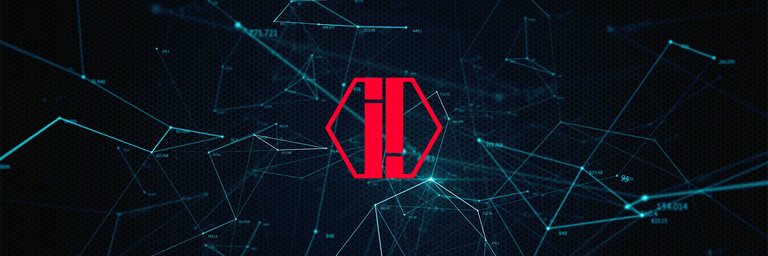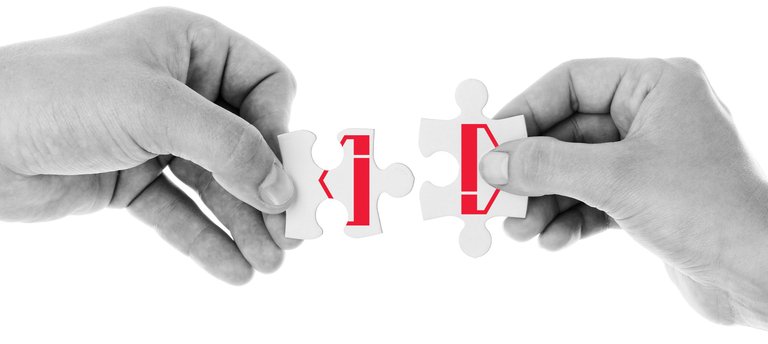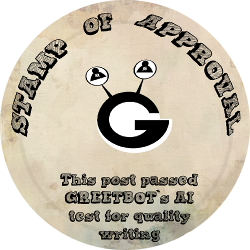
IPCHAIN database is a project started by and for scientists and inventors. It is a searchable blockchain database, that replaces and/or complements traditional intellectual property (IP) strategies by offering proof of authorship via secure digital publication.
It is the fastest, easiest, safest and cheapest way of establishing documented ownership of intellectual property including but not limited to inventions, original literary and artistic work, concepts and ideas. It specifically addresses the needs of inventors of the academic, private and corporate sector.
Which problems do we want to solve?
The term “intellectual property” can be used to describe a vast number of things: inventions, scientific research, documents, but also logos and symbols. A notion shared by most people is that the rights to these objects should automatically lie with their creator. While this may in some cases be true — copyrights are usually an automatic right of the artist — there is intellectual property that is only protected by law if the innovator first applies for this protection. If that application is successful, protection comes in the form of patents and trademarks.
Patents often play a vital role in the context of protecting and commercializing new inventions or research produced by scientists. Filing a strong patent easily exceeds the cost of $20,000 USD (with the majority of these costs paid for lawyers and the true costs often higher as each country requires an independant patent). This fact represents a major obstacle for scientists around the world, who often lack the necessary funds required for pursuing a patent or might not wish to file one, as they lack the ability to monetize their invention.
As a result scientists regularly choose to forego a patent and decide to go the route of so-called defensive publication by publishing their research on a website or a scientific journal or platform. A defensive publication affords them the prestigious status of originator and provides free protection in the sense that the innovation cannot be patented by another party, as novelty represents an essential condition for patentability.
Understanding this aspect also helps to establish one of the issues of defensive publications: in order to successfully grant protection against others patenting the inventor’s idea, a defensive publication needs to fulfill formal requirements and has to be found by the patent granting authorities (=patent offices) in their research on prior art, which is done whenever a new patent gets filed. It stands to reason that these two requirements are not fulfilled by just any kind of publication, journal and especially not a website.
In many cases even publication on Wikipedia does not suffice to establish prior art. Also scientific journals often make use of their right to not publish an article when its perceived quality or relevance does not meet their requirements. Even if the article does, publication in an academic magazine regularly takes months, with no protection in place until that time. In the context of works of art and their subsequent copyrights, which are, as mentioned, automatically awarded to the author, defensive publication serves a different but just as important purpose.
The reason is that the practical application of such copyrights, for instance in court if the author’s copyrights get violated, requires definitive proof for his claim to authorship, something that is much harder to achieve than artists usually think. So if websites are insufficient what about exhibitions, witnesses and personal records? The answer is that while there may be a variety of options for publication available, most share the problem that they are not considered as definite proof in front of court, mostly due to the fact that they are not absolutely tamper proof.
This short overview makes it obvious that there exists the clear need for a fast, cheap and tamper proof way of defensive publication, which fulfills all requirements to be both included in prior art researches of patent offices worldwide and considered as undeniable proof of authorship in court. This is exactly what IPCHAIN database aims to offer. For more detailed information on intellectual property and current problems read our Executive Summary (PDF) and our whitepaper which will be available soon!

The team and what we currently do
The team behind IPCHAIN consists of scientists and blockchain entrepreneurs who have experience with patent filing and intellectual property protection.
Dominik Thor, CEO: Dominik’s thesis was a blueprint for the SME segment of the Vienna Stock Exchange and he held positions in international banks before founding a biotech company which has a strong focus on research. A passionate entrepreneur, he is guest lecturer at the SME institute of the Vienna University of Economics and Business, writes articles for startup journals and was a mentor in Austria’s biggest startup event for students.
Benedikt Thor: As a specialist for marketing, corporate identity, graphics, web and mobile content, GUI and digital film, Benedikt has worked for a number of international clients. He has a strong interest in new technology and its practical application. As an artist, he values the contribution blockchain technology could make to protecting the rights of copyright holders.
Dominik Duscher: Fascinated by the exciting possibilities of regenerative medicine and stem cell technology, Dominik leads a renowned department for experimental medical research. Inspired by the perspective of combining basic research in the area of tissue and organ regeneration with clinical plastic and reconstructive surgery, Dominik’s main research interests are soft tissue regeneration, stem cell heterogeneity and novel biomaterials for cell based therapies.
Sergej Stein: Inspired by the spirit of decentralized freedom, Sergej decided to dedicate his time to help blockchain start-ups in executing their strategy, building teams and accessing decentralized funding through token generation events. He is an expert when it comes to executing ICO campaigns and helped raising $16 Mio. during the recent ETHLend token sale. His company DLT Capital consists of experts from across the globe that bring the knowledge and manpower together that is needed for an ICO and successful project launch.
Lukas Fiedler: Lukas got introduced to the crypto scene early in 2016 and is actively investing since. He joined the IOTA community early on and is co-founder and co-creator of IOTA Support, the main community website where people can find information and help regarding IOTA. Mid-2016 he took over the German blog „Der Altcoinspekulant” where new investment opportunities get presented and engaged with Iconiq Lab as a community manager.
We are currently starting to raise awareness for our project and plan our Pre-Sale which is scheduled to take place early 2018. Additionally we are in touch with some exciting advisors that we want to get on board and, having received very positive feedback from patent offices throughout Europe and the US, are close contact with relevant authorities in the field of intellectual property.
We are in talks with several candidates for the CTO position and will then complete the technical parts of our whitepaper, which will subsequently gets released to the public (the whitepaper is basically ready to go with just some technical aspects under construction). On top, we have some exciting partnerships in the academic field coming up that are still under disclosure for the moment.
If you have any more questions feel free to visit our website or join our telegram channel!
So your target client for this blockchain are those with intellectual property materials, are we talking about digital materials, or even actual prototype of something?
Hi there. Thanks for your question. It is envisaged that IPCHAIN database will be the fastest, easiest, safest and cheapest way of establishing documented ownership of intellectual property including but not limited to inventions, original literary and artistic work, concepts and ideas. It specifically addresses the needs of inventors of the academic, private and corporate sector. Please visit our website to find out more.
Thanks.
Hi. I am @greetbot - a bot that uses AI to look for newbies who write good content!

Your post was approved by me. As reward it will be resteemed by a resteeming service.
Resteemed by @resteembot! Good Luck!
The resteem was paid by @greetbot
Curious?
The @resteembot's introduction post
Get more from @resteembot with the #resteembotsentme initiative
Check out the great posts I already resteemed.